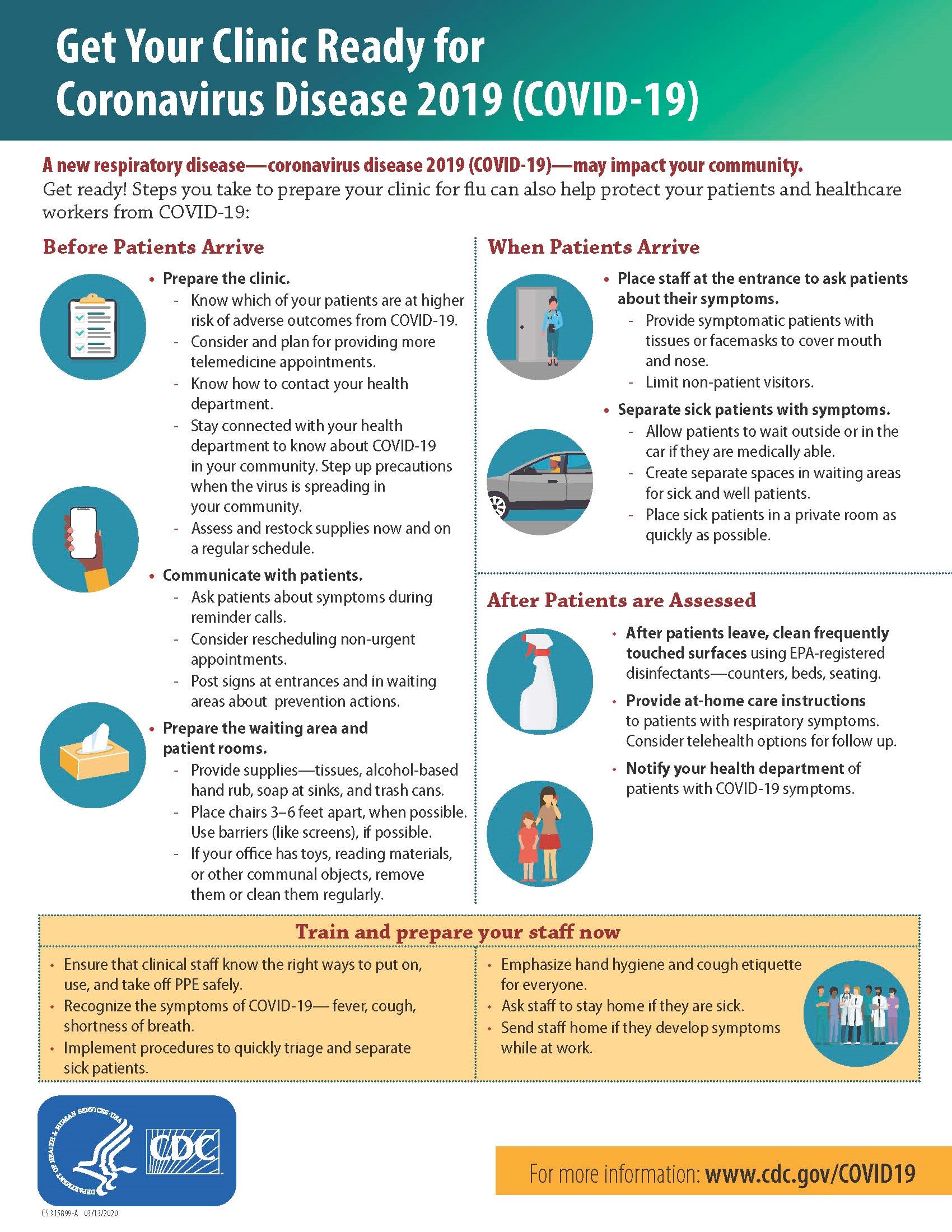

Studies that compared the Delta- to the Omicron- predominant period found increased rates of hospitalization during the Omicron-predominant period, but pediatric patients experienced less severe disease during the Omicron-predominant period than in previous waves 23, 27, 28. Compared to prior periods, studies among children aged 0-17 years conducted during the Delta variant predominant period found increased rates of hospitalization 25, 26. In addition to individual risk factors, the COVID-19 variant that is circulating at the time of infection could have an impact on disease severity. Adolescents aged 12-17 years also have experienced higher COVID-19–associated hospitalization rates compared to children aged 5-11 years 17. The rate of hospitalization among infants may be increased by the greater need for evaluation in young infants with fever, prematurity, the propensity for very young children to develop viral co-infection, and ineligibility for vaccination, among other factors 24, 17, 19. Similarly, a study of hospitalization rates among children aged 0-17 years found that COVID-19–associated hospitalization rates among children and adolescents during the Omicron period were four times as high as rates during the peak of the Delta period, and children aged 0-4 years experienced the largest increase in hospitalization rates 23. Studies have found that age may also be associated with risk of severe illness, and an evaluation of surveillance data from children aged >7 days and <18 years reported that infants made up a disproportionate number of severe acute COVID-19 cases 22. Studies have found that some underlying medical conditions including obesity diabetes cardiac, lung, and neurologic disorders and medical complexity increase the risk of severe outcomes from COVID-19 17, 18, 19, 20, and having more than one pre-existing comorbidity is associated with an increased risk of severe illness 18, 21. Most children with SARS-CoV-2 infection experience asymptomatic or mild illness, but some children are at risk of developing severe illness, including hospitalization, admission to an ICU, placement on invasive mechanical ventilation, and death 16. Severity and Underlying Medical Conditions

Testing for SARS-CoV-2 should be considered, even in children with mild symptoms. The signs and symptoms of COVID-19 in children can be similar to those of other infections and noninfectious processes, making symptom-based screening for identification of SARS-CoV-2 in children particularly challenging 15. Some case studies conducted during high levels of Omicron variant transmission have reported a substantial increase in croup during a decline in the prevalence of all other respiratory viral pathogens known to cause croup 13, 14. The most common symptoms of COVID-19 in children are fever and cough, but many children can experience sore throat, rhinorrhea, headache, fatigue, shortness of breath, or gastrointestinal symptoms, including nausea, vomiting, or diarrhea 9, 10, 11, 12. Studies performed during high levels of Omicron variant transmission reported a median incubation period of 3 - 4 days 7, 8. A study conducted during high levels of Delta variant transmission reported a mean incubation period of 4.3 days, but the mean incubation periods of other variants, including Alpha and Beta, was 5 days 6.


 0 kommentar(er)
0 kommentar(er)
